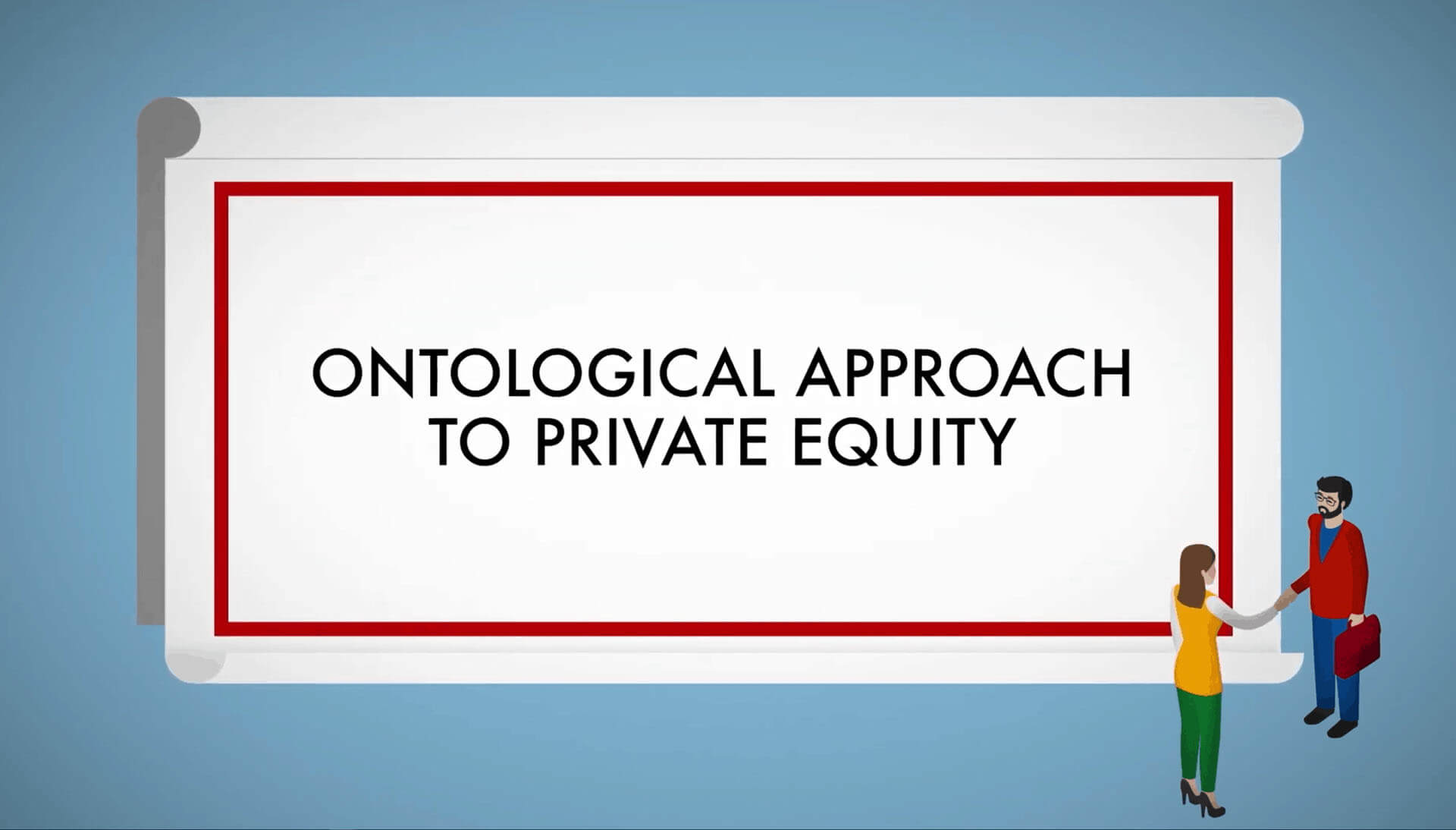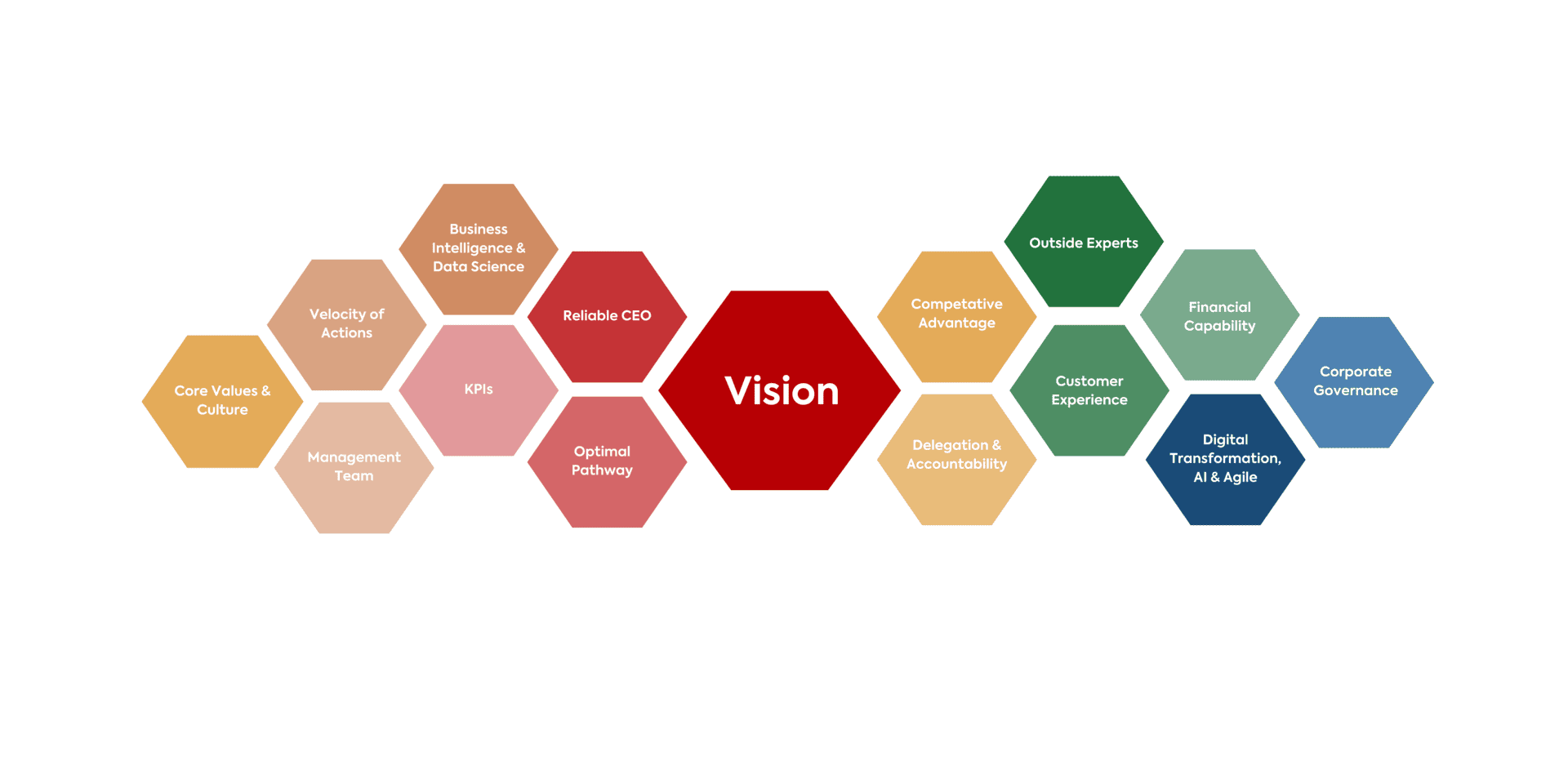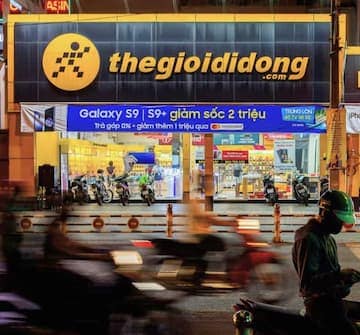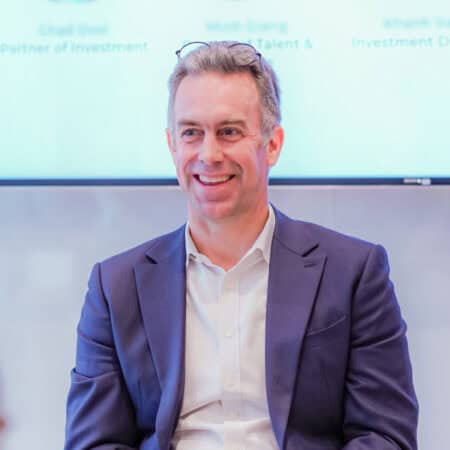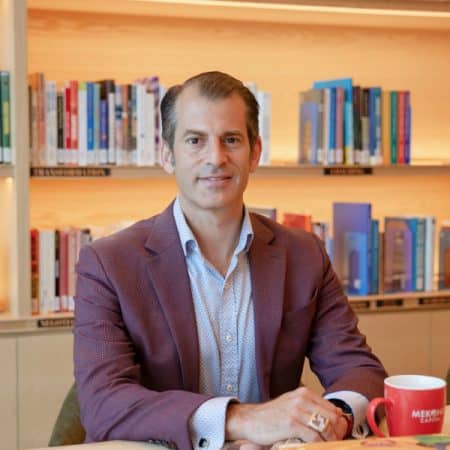We used to do Private Equity like everyone else.
In our early days, especially from 2001 to 2007, we tried to add value by sharing our valuable ideas, providing solutions, and sometimes doing work for the investee companies. Hence, we applied value-addition programs to implement operational performance enhancement projects (such as six sigma or lean manufacturing systems), financial management, human resources recruiting, and corporate governance advisory.
We were going to Board meetings and giving valuable suggestions. We even hired Six Sigma and Lean Manufacturing experts to show the companies how to improve their operations, but it just wasn’t working. No matter how great our ideas were, they had little or no impact.


